Optimizing characters in Baldur’s Gate 3 can be extremely fun—for many players, breaking the game in half to make a truly excellent build is a great source of enjoyment. But what about the absolute worst builds? We’re talking about builds so undeniably terrible that they come full circle, and end up being more fun than the best builds in the game. Can these trash-tier builds conquer BG3?
We certainly think so. While there’s definitely merit in choosing the best possible multiclass options or the strongest Rogue builds to end combat before it even starts, it can be just as interesting to make a fun, unique character and beat the game through unconventional means.
We’ve compiled a list of the very worst builds in BG3. These builds offer a challenge that goes far beyond simple optimization. Be wary that while you’ll probably be able to clear BG3’s lower difficulty levels, these builds will be fighting against you the entire time.
The worst BG3 builds
These multiclass builds ignore internal class synergies and instead focus on a singular goal. Rather than trying to spread utility, damage, and defense in a way that benefits the party, these characters are built to make a gimmick work. Gimmicks can be fun, but on the whole, they’re not particularly strong—unfortunately for everyone involved.
Related: How to multiclass in Baldur’s Gate 3
We designed these terrible builds to be far more interesting than simply “Wizard, but with eight Intelligence!” You already know that building a class without its primary stat isn’t smart.
Instead, we’re going to focus on builds that seem okay on the surface, with internal synergies that make them shine. But when you look at the whole picture, they’re a mess, and they usually work against themselves rather than playing to their own strengths.
The Shove Meta
Remember when you shoved that Gnome off a cliff? Think you can do it a few dozen more times?
- Class Levels: Barbarian Six (Wildheart), Rogue Six (Thief)
- Feats of Note: Charger, Ability Score Improvement
- Advantages: Access to Medium Armor and Shields gives you additional defense and armor options. Having a high Strength score improves Athletics, allowing for better Shoves. Rage can keep you alive in dangerous situations.
- Disadvantages: Most of the things that Strength does, Dexterity can do for Rogues—but far better. Reckless Attack can be dangerous when your Rage count is lower.
The goal of this build is to make a character that can perform incredible Athletics checks. Thanks to the Expertise ability, Rogues can get a gigantic Athletics modifier. Combine that with the Thief subclass and we’ve got a Rogue that can really push twice per turn.
We want to combine this with the Barbarian’s ability to get advantage on Strength checks. Rage automatically provides advantage on Strength, but by getting the Bear Animal Aspect at level six, you can make your advantage permanent. This also has a side effect of giving your character a gigantic Leap.
However, your split levels will leave you with horrifyingly low damage, relying on a finesse weapon for sneak attacks, and you’ll need to pray that when you Shove your enemy, they fall into something beneficial for you. If the environment isn’t quite right—or if you’re looking to loot the body and the only place to push them is off a cliff—this build falls apart pretty quickly.
Sadly, there isn’t much support for pushing people around in BG3. Very few magical items rely on Shove, so you’re mostly building a worse Barbarian/Rogue with an overreliance on Shoves. You can set up traps, but relying on a roll for the payoff just isn’t worth the amount of damage you lose from a more focused Dexterity build.
On a positive note, you’re certain to have Band of Bracing activated all the time, so that’s nice.
The Bard-Barian
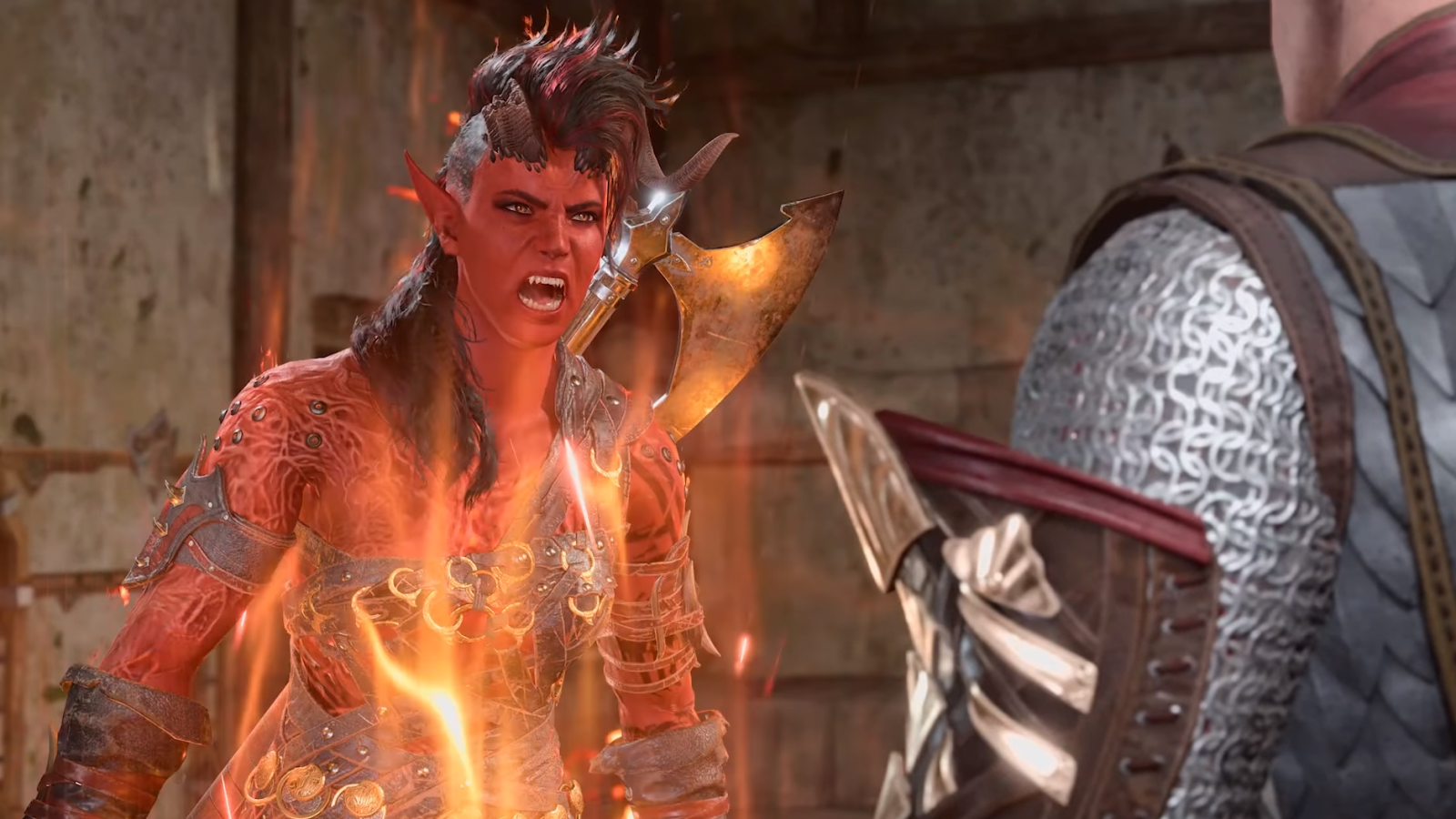
- Class Levels: Bard Eight (College of Valor), Barbarian Four (Wildheart)
- Feats of Note: Actor, Ability Score Improvement
- Advantages: Your Bard is unkillable.
- Disadvantages: Your Bard can’t cast spells during intense situations.
We promise we’ll stop bullying Barbarian soon. We found this build funny at first, but it underwhelmed us in the end.
The idea behind the Bard-Barian build is to make a Bard that is incredibly difficult to take down. By activating Rage during a difficult fight, you can consistently spit out Bardic Inspiration while swinging your weapon at the heads of your foes. You keep your Extra Attack, resist all physical damage—or all damage with the Bear Totem—and continuously buff allies. What’s not to love?
Well, the big problem is that Barbarians and Bards have entirely conflicting goals. While the Barbarian charges into battle and goes into a Rage, the Bard wants to cast spells—something that’s impossible to do in a Rage. The end result is that you’re just a Barbarian with a mildly useful Bonus Action. Alternatively, while you aren’t Raging, you’re a Bard with too much health and not enough spells.
Still, you can make use of Bardic Inspiration items, like the Cap of Curing, for a bit of assistance in fights. At least your Barbarian can play a sick drum solo to distract a crowd.
Honorable Mention: Fighter/Bard
Like the Barbarian/Bard, the Fighter/Bard has some synergies we hoped would play out better than they did. Action Surge on a Bard could theoretically mean lots of advantage on a turn, like two spells or a spell and a Flourish (from the College of Swords) for additional damage.
Unfortunately, it turns out that the best spells Bard has to offer are concentration-based debuffs. This means you can’t cast and maintain two of them at the same time. On the whole, the Fighter’s bonus Fighting Style, Second Wind, and the sheer power of Action Surge let the Fighter/Bard scrape by without joining our full list of terrible builds.
The One-Level Druid Dip
We found our build lacking, so we sprinkled in a single level of Druid. It was a terrible mistake.
- Class Levels: Druid One, anything else 11
- Advantages: Your build is halfway to Druid Two.
- Disadvantages: You picked the only class with a bad first level in the entire game.
While this isn’t a full build, any build with a single level in Druid is one to avoid. Druid is a class with a first level so awful that every build should consider other options above a one-level dip into Druid.
This is because Druids get a single thing at level one: Magic. Which six other classes get, alongside additional benefits.
There is exactly one aspect of Druid One that’s worthwhile: Entangle. Entangle is legitimately a very strong spell to have on your list, and Druids get it right away. However, there’s no other spell or cantrip of note—Druids get good spells later on, but their first level spells and cantrips are severely lacking.
If you’re ever in a position to be considering just one level in Druid, pick Cleric instead. One level in Cleric gives you great spells—like Healing Word—and some Domain powers to work with. If you’re already a Cleric, simply take another level in Cleric. It’ll do the same as a level in Druid, but you’ll be working towards stronger spells and class abilities.
That said, any build that considers two Druid levels is one worth considering. Circle of the Moon and Land offer great utility to a handful of classes, like the extra health of Wild Shape or a smattering of strong spell options. If you want to invest in Druid for any reason, get two levels instead and turn your Circle online.
The Monk barely skirts by a similar fate due to the uniqueness of Tavern Brawler, the vague utility of Flurry of Blows, and Unarmored Defense for Clerics and Druids. At least it has a few things to build around.
The Summoner of Useless Things
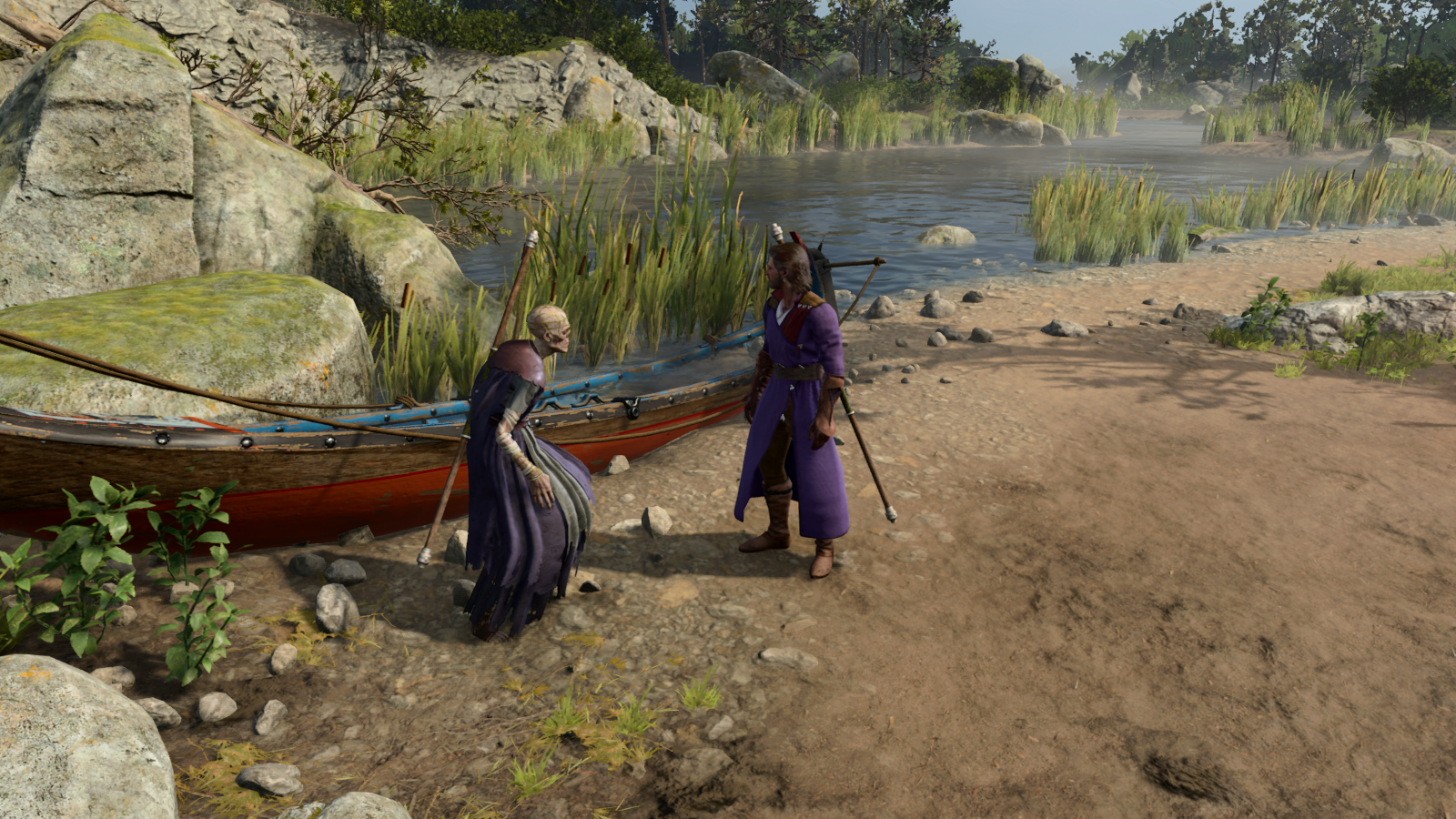
- Class Levels: Ranger Three (Beast Master), Wizard Six (Necromancy School), Warlock Three (The Fiend/Pact of the Chain)
- Feats of Note: Ability Score Improvement
- Advantages: You have access to several permanent companions which can tank hits, dish out damage, and scout ahead of dangerous situations.
- Disadvantages: Each of these classes want different mental ability scores.
Making a party of summoners in Baldur’s Gate 3 can be rewarding and powerful. However, what if we were the only summoner? And only wanted to summon?
This build allows you to summon an Animal Companion, a powerful Imp familiar, and use the Animate Dead spell to summon two corpses to fight for you permanently. This is all without having to maintain concentration or pull from other spell banks, like Cleric’s Sixth level spells. In addition, you can also summon additional companions, such as Lump the Enlightened or Scratch, to further bolster your army.
In the end, though, it might be better to just get to Wizard 12. Needing to split your mental scores between Wizard and Warlock is tiring enough. On top of this, you also need to consider Ranger spells, like Entangling Strike, and potentially throw them a bone. Theoretically, you could just focus on Charisma for Eldritch Blast, and use Wizard purely as a problem-solving casting class without dice checks. But then you’d effectively be wasting your entire spell list, which isn’t exactly great.
In addition, by not taking additional levels in Beast Master, your animal companion is going to fall well behind on damage, and the Warlock’s Imp won’t look too great either.
It’s nice to have an army of followers at your beck and call, but it might not be worth investing in this many classes for.
The Omni-Class
- Class Levels: Fighter One, Bard One, Barbarian One, Cleric One (Life Domain), Druid One, Monk One, Paladin One (Oath of Vengeance), Ranger One, Rogue One, Sorcerer One (Storm Sorcery), Warlock One (The Fiend), Wizard One
- Feats of Note: This build gets no feats.
- Advantages: You get the honor of saying you’ve truly tried everything.
- Disadvantages: Your damage is terrible, you get zero feats, and your spell utility is limited to basically every first level spell and nothing else.
Oh no, oh dear.
The hilarious thing about the Omni-Class is that by taking Dexterity 16 and Wisdom 16, your build actually does do a tiny bit. Just a little bit.
What are you getting from this build? On the surface, it actually looks somewhat reasonable:
- Fighter: Armor, Weapons, Fighting Style, Second Wind
- Bard: Magic, Bardic Inspiration
- Barbarian: Rage, Unarmored Defense
- Cleric: Magic, Life Domain bonus healing
- Druid: Magic
- Monk: Unarmored Defense, Ki (Unarmed stuff is probably not gonna do much, admittedly)
- Paladin: Divine Sense, Lay on Hands, Inquisitor’s Might
- Ranger: Favored Enemy, Natural Explorer
- Rogue: Sneak Attack, Expertise
- Sorcerer: Magic, Tempestuous Magic
- Warlock: Pact Magic, Eldritch Blast, Temp HP on Kill
- Wizard: Arcane Recovery, Spellbook Magic.
The Omni-Class gets third level spell slots and has all of this stuff in it! How could it possibly fail?
Well, first and foremost, we don’t get any feats. That means no Ability Score Improvement, so we’re stuck at a maximum of about 18 with Auntie Ethel’s bonus. That is, unless we find a magic item to boost us further.
Our spells are extremely limited. The Wizard can access reasonably high-level spell slots, but the rest of our classes are upcasting low-level shlock like Burning Hands. Healing Word is always strong, thankfully, but that’s effectively all that our Druid does for us.
Our class resources never scale: That means no improved Bardic Inspiration, we’re stuck at two Rages a day, and we get a singular Ki point per short rest to use for extra punches.
Since we never get an Extra Attack, you better hope that our weapon—and 1d6 Sneak Attack—can carry the day. At least our Cantrips scale based on character level, though three Eldritch Blasts with no Agonizing Blast can’t exactly carry a build.
We’re truly the jack-of-all-trades, master of none. You’ll get fine skill proficiencies, but that’s about it.
You should probably take our word for it and avoid this mess at all costs. It might seem funny at a glance, but there’s a reason why few builds go beyond three classes.
Others Asked
What aspect of Baldur's Gate 3 do players find particularly challenging?
Avoiding romance with companions is particularly challenging for players in Baldur's Gate 3.
What makes Honor mode in Baldur's Gate 3 particularly challenging?
Honor mode makes enemies stronger, gives them more health, introduces new Legendary Actions for boss fights, limits players to a single save file, and forces players to start over if the entire party is wiped out.
What problem do players experience in Act 3 of Baldur's Gate 3?
In Act 3, players experience bugs and a dip in game performance, particularly in the densely populated city of Baldur's Gate.



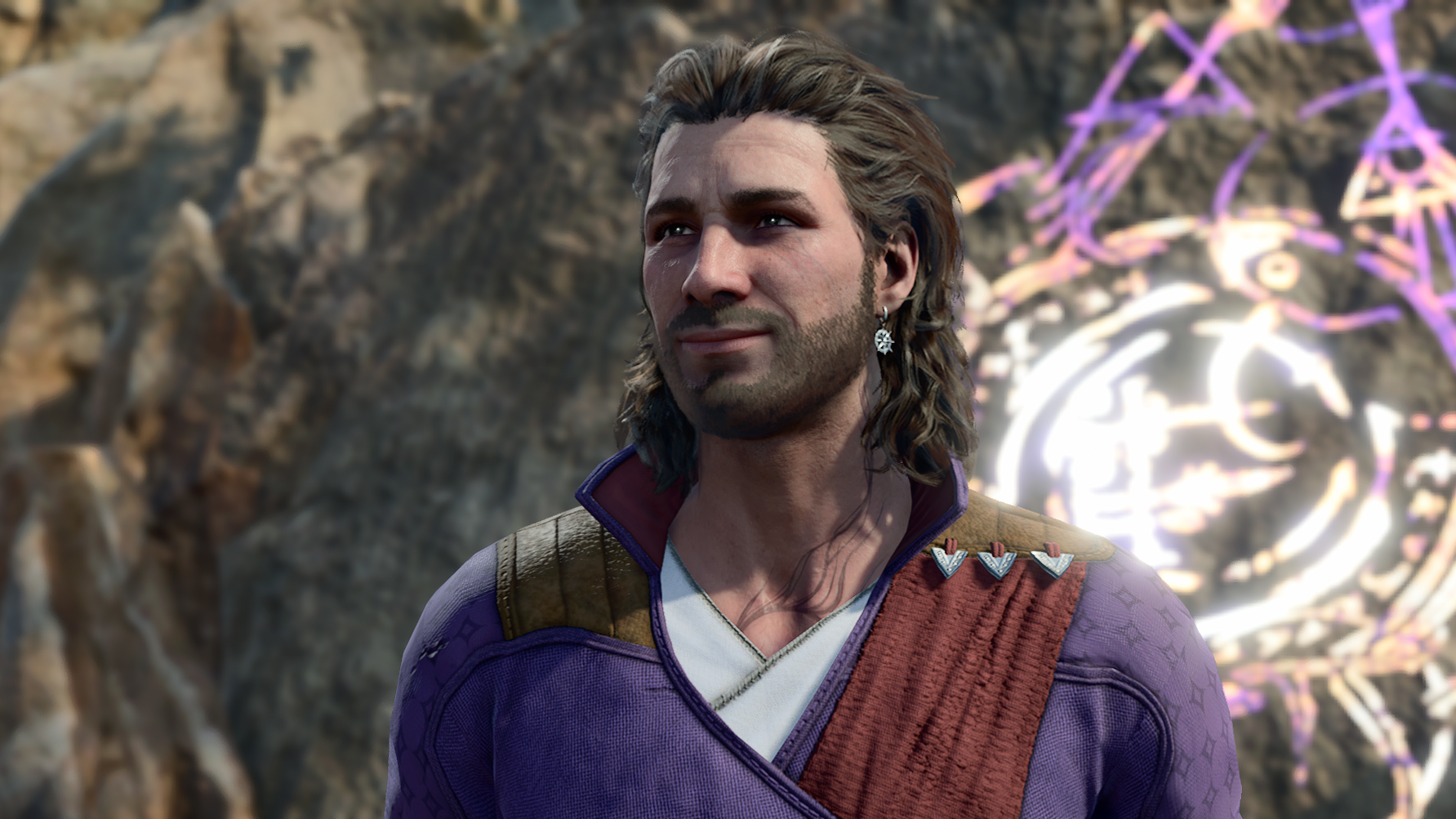
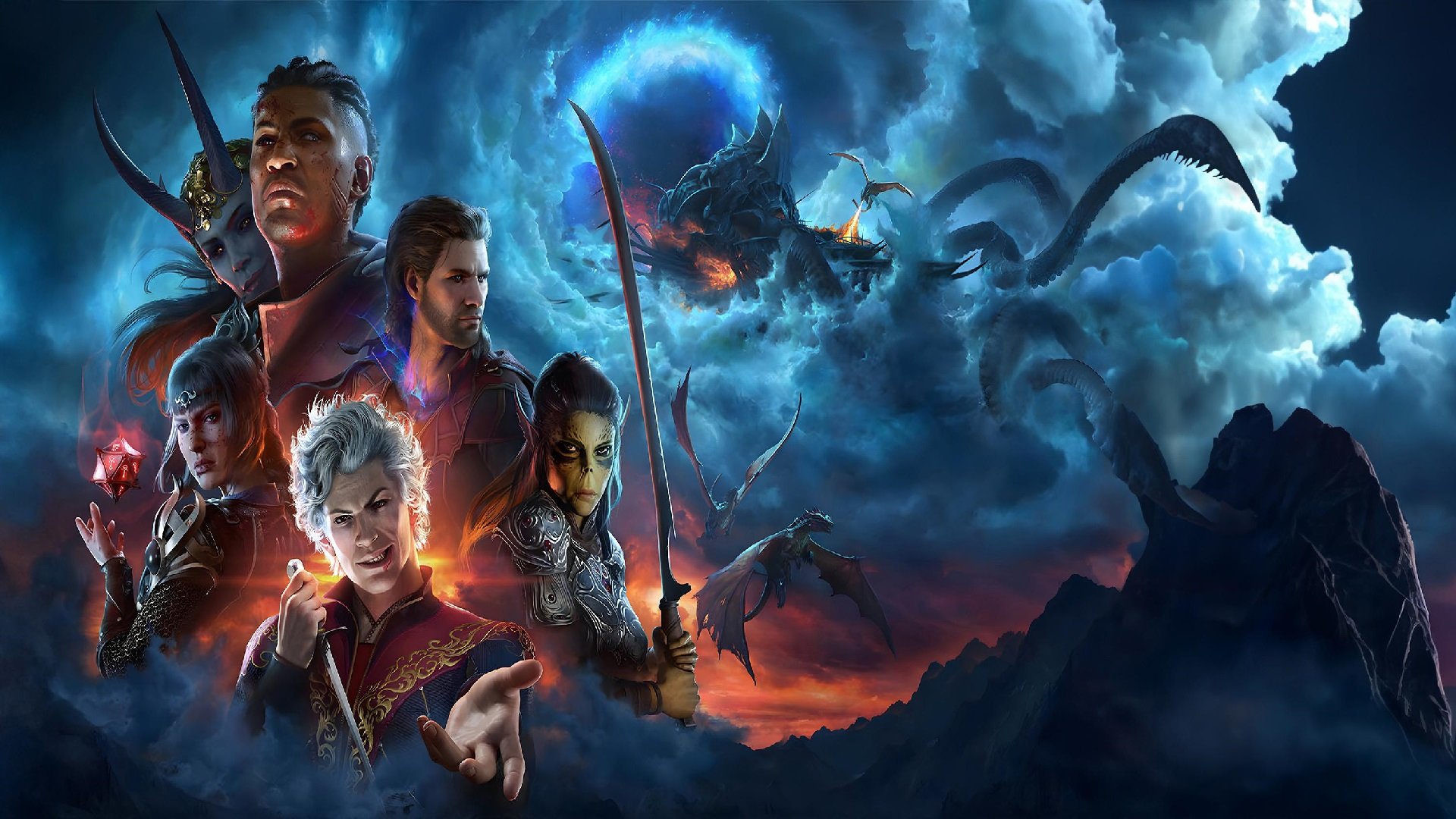
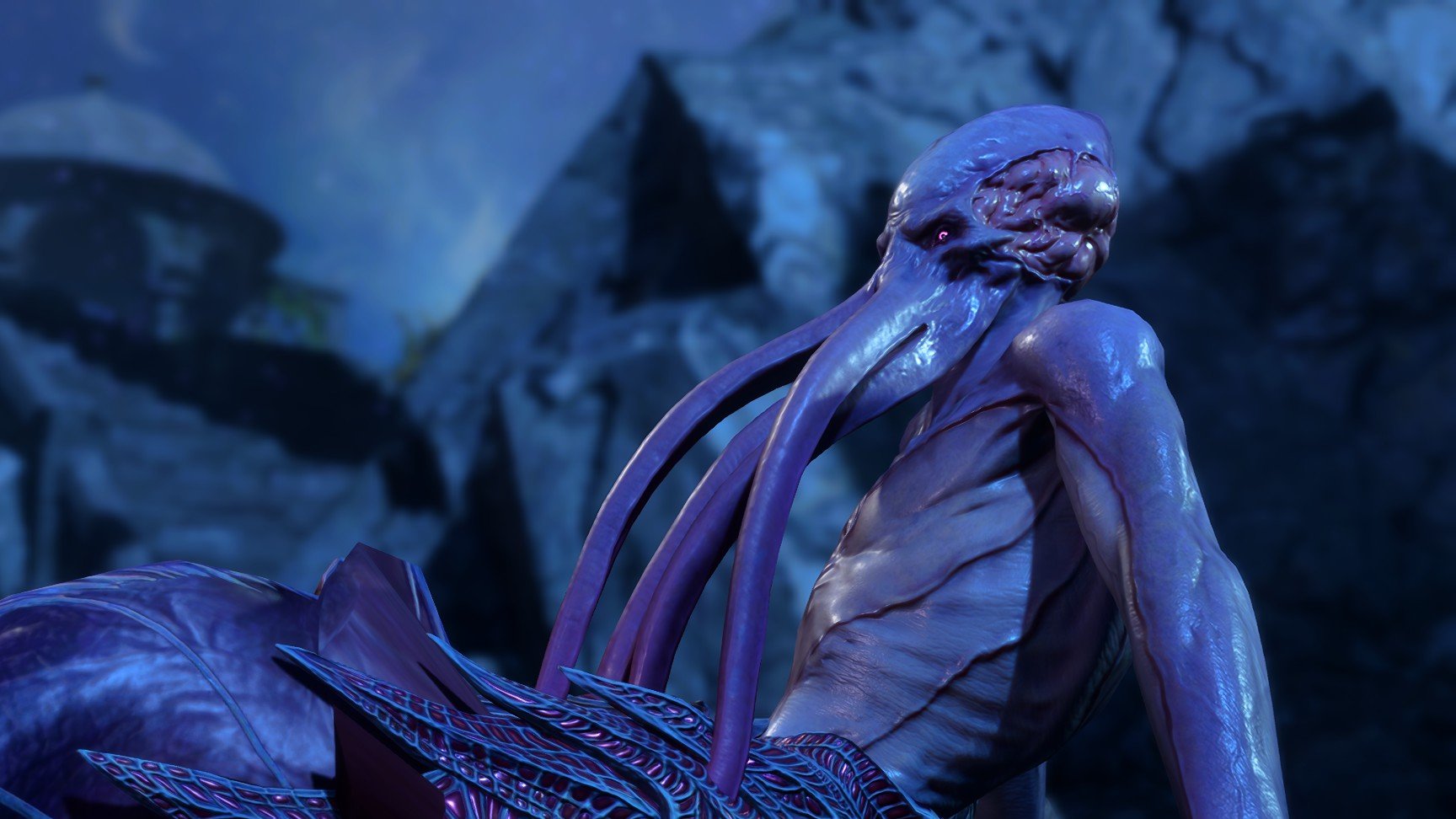
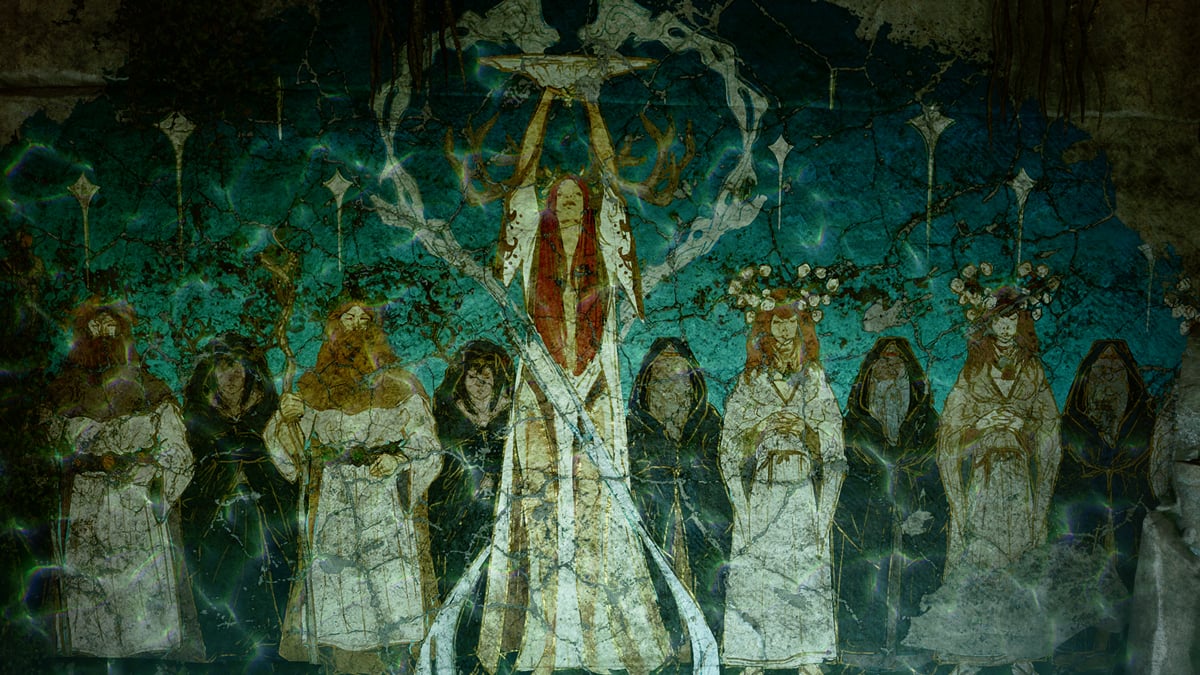
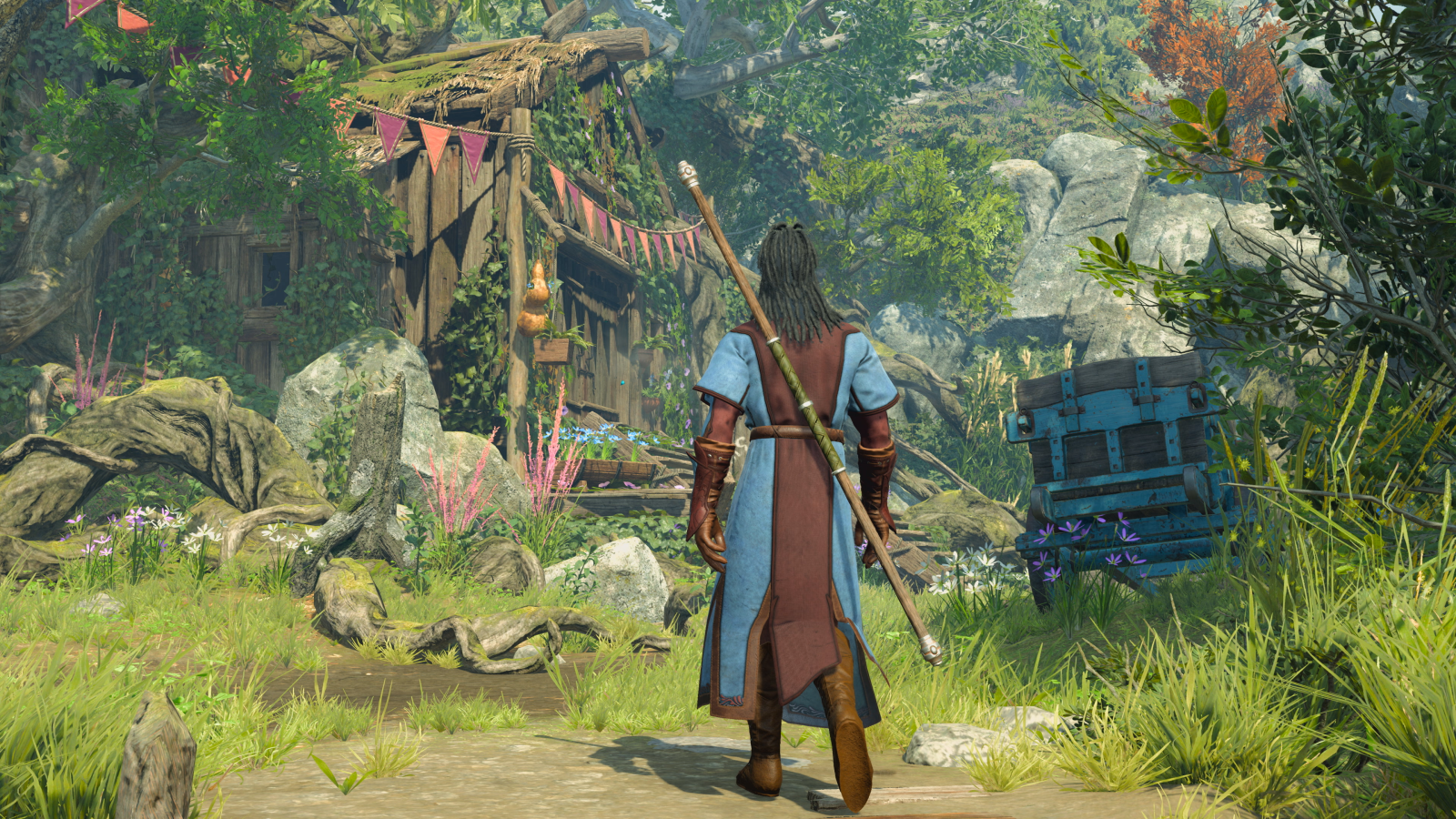
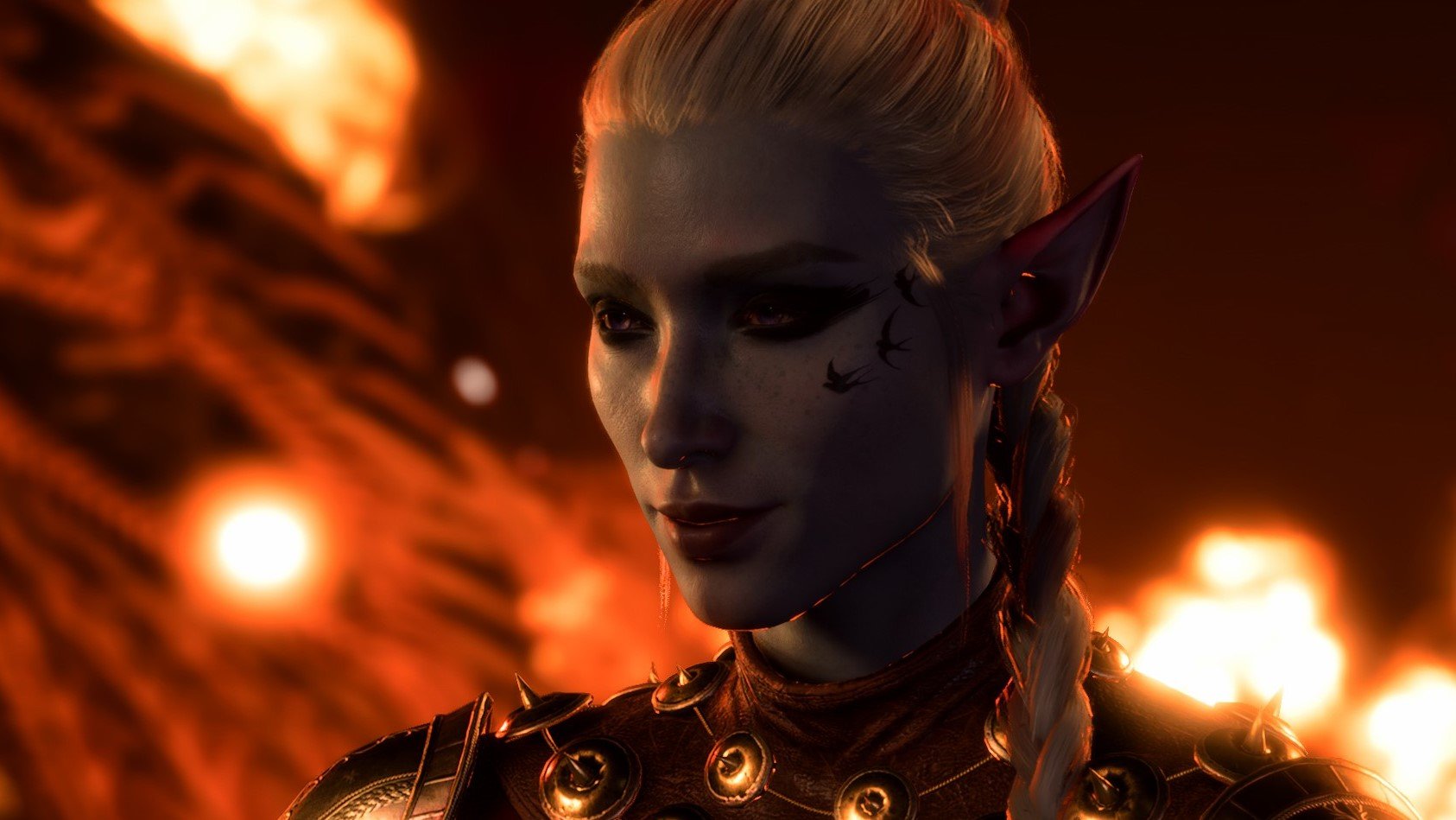
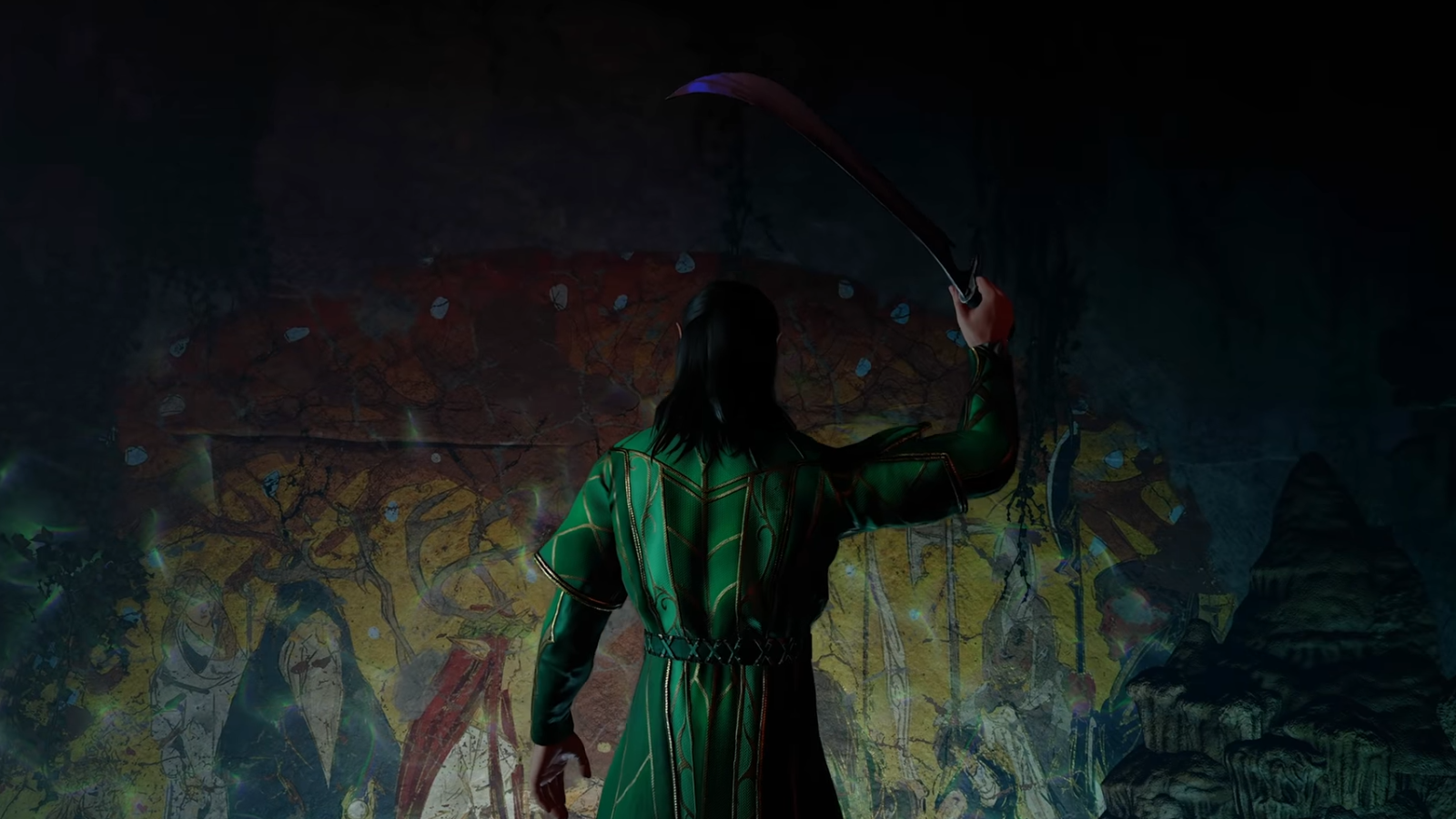
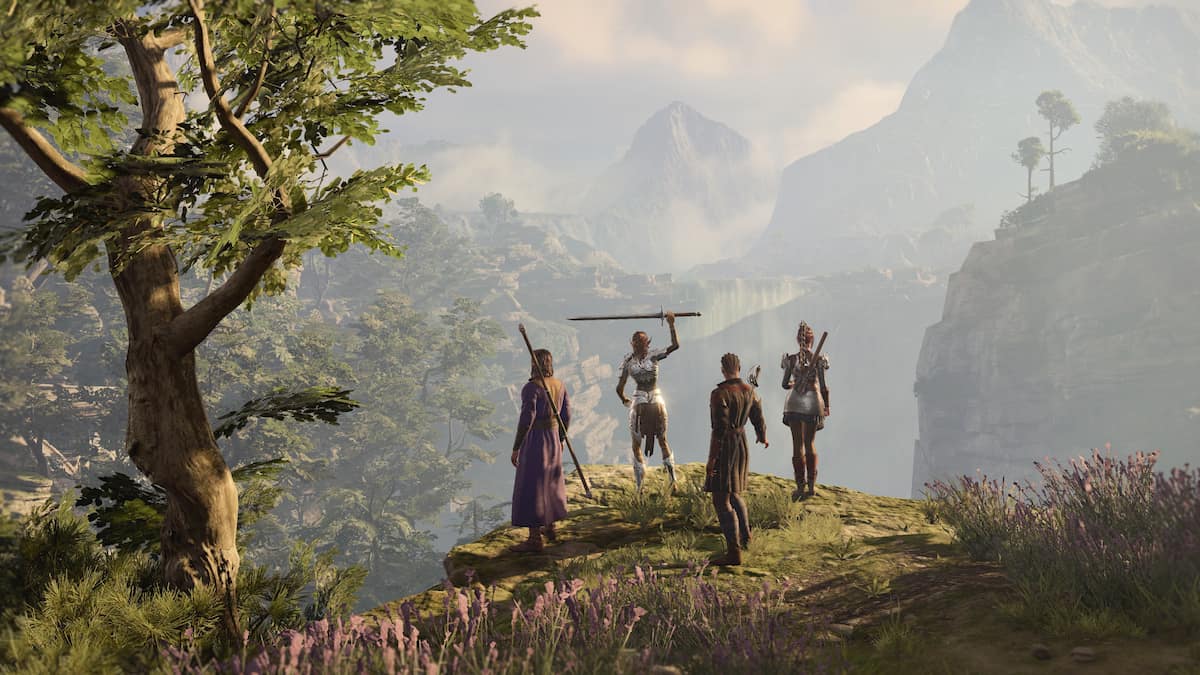

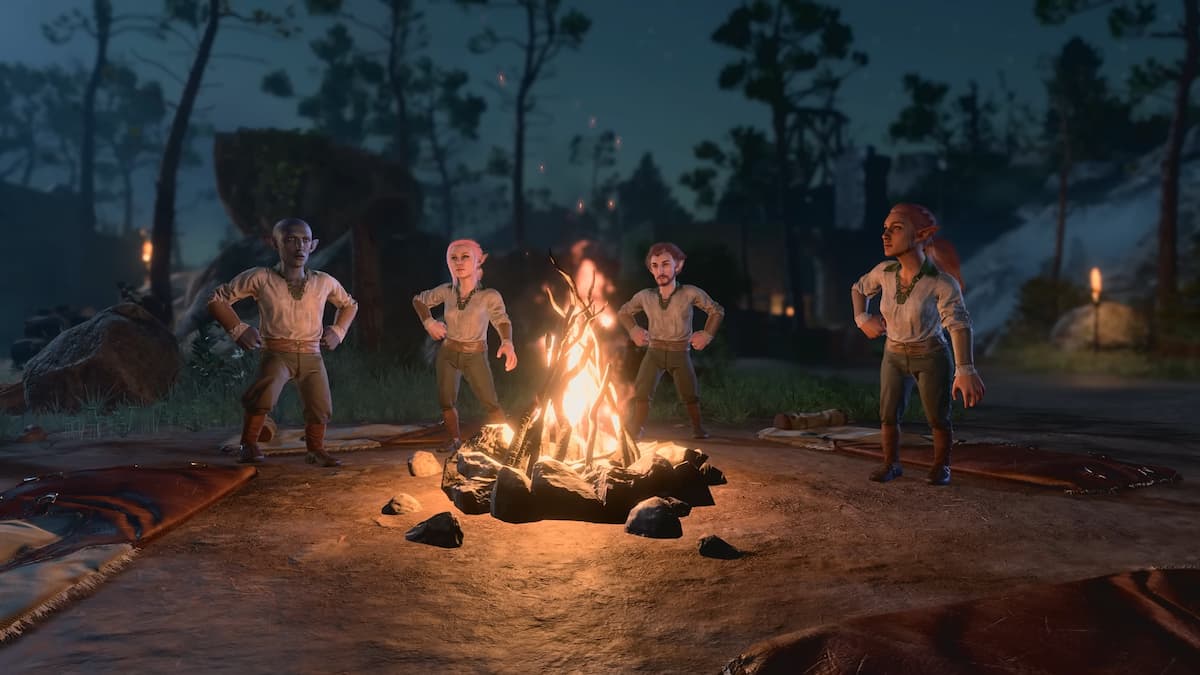

Published: Aug 22, 2023 06:20 am